According to folk etymology, the name “Kashmir” means “desiccated /land” (from the Sanskrit: Ka = water and shimeera = desiccate).
In the Rajatarangini, a history of Kashmir written by Kalhana in the mid-12th century, it is stated that the valley of Kashmir was formerly a lake.
According to Hindu mythology, the lake was drained by the great rishi or sage, Kashyapa, son of Marichi, son of Brahma, by cutting the gap in the hills at Baramulla (Varaha-mula).
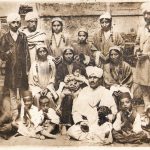
When Kashmir had been drained, Kashyapa asked Brahmins to settle there. This is still the local tradition, and in the existing physical condition of the country, we may see some ground for the story which has taken this form. The name of Kashyapa is by history and tradition connected with the draining of the lake, and the chief town or collection of dwellings in the valley was called Kashyapa-pura, which has been identified with Kaspapyros of Hecataeus (apud Stephanus of Byzantium) and Kaspatyros of Herodotus. Kashmir is also believed to be the country meant by Ptolemy’s Kaspeiria. Cashmere is an archaic spelling of Kashmir, and in some countries it is still spelled this way.
According to the Mahabharata, the Kambojas ruled Kashmir during the epic period with a Republican system of government from the capital city of Karna-Rajapuram-gatva-Kambojah-nirjitastava, shortened to Rajapura, which has been identified with modern Rajauri.
Later, the Panchalas are stated to have established their sway [citation needed]. The name Peer Panjal, which is a part of modern Kashmir, is a witness to this fact. Panjal is simply a distorted form of the Sanskritic tribal term Panchala.
The Muslims prefixed the word peer to it in memory of Siddha Faqir and the name thereafter is said to have changed into Peer Panjal.

According to legend, Jammu was founded by Hindu King Raja Jambu Lochan in the 14th century BC. During one of his hunting campaigns he reached the Tawi River where he saw a goat and a lion drinking water at the same place. The king was impressed and decided to set up a town after his name, Jamboo. With the passage of time, the name was corrupted and became “Jammu”.
Kashmir’s accession to India was provisional and conditional on a plebiscite and for this reason had a different constitutional status to other Indian states. In October 2015 Jammu and Kashmir High Court said that article 370 is “permanent” and Jammu and Kashmir did not merge with India the way other princely states merged but retained special status and limited sovereignty under Indian constitution.
Why Kashmir – Part II to be continued….




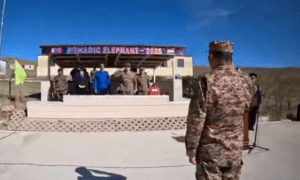



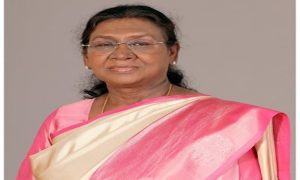



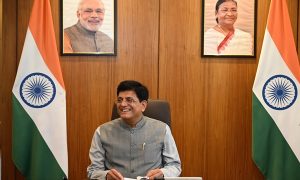

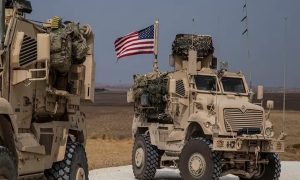





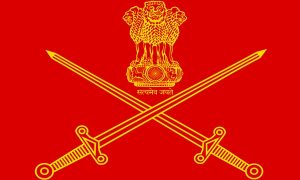

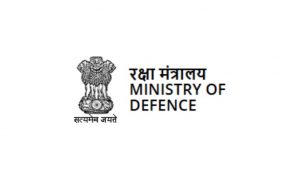

 WhatsApp us
WhatsApp us